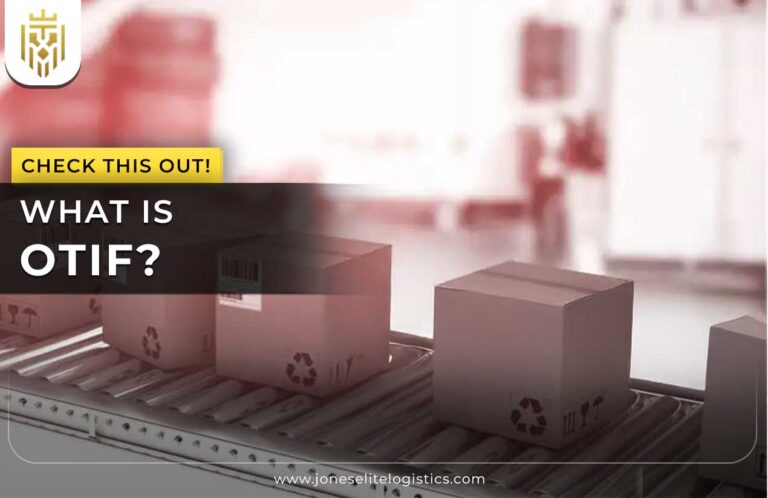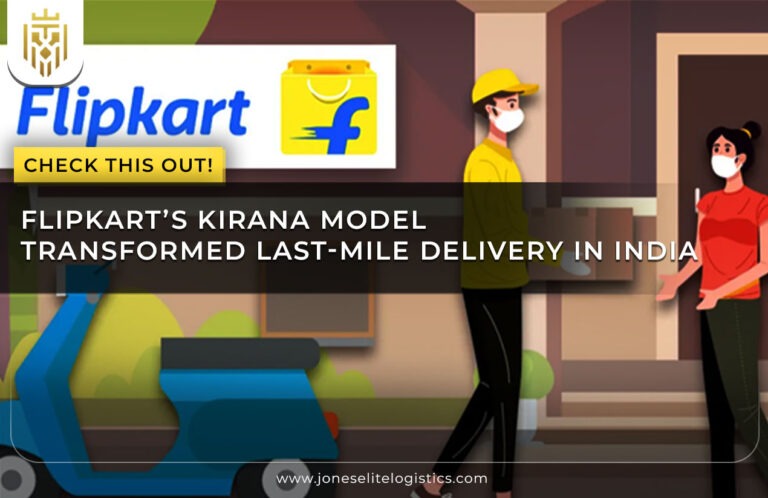Flipkart’s Kirana Model – A Last-Mile Delivery Revolution
Flipkart, founded in 2007 by Sachin Bansal and Binny Bansal, has grown into one of India’s leading e-commerce platforms. Originally set up as a portal to sell only books, today Flipkart has expanded to sell a whole range of products that include electronics, fashion, home essentials, and groceries. During the Big Billion Days sale in October 2020, the company managed to clock nearly 110 order placements a second, a truly staggering number that denotes the largeness of its operations. To cross-reference, that figure equates to over 9.5 million orders in a single day: quite a stark pointer towards the gigantic scale of transactions being handled by Flipkart on a day-to-day basis.
To nurture ideas around last-mile delivery in India, Flipkart launched the Kirana Model. This breakthrough idea is set to have local kirana (grocery) stores on board for deliveries, thereby using their well-embedded presence in the communities to achieve greater efficiency and customer happiness.
How Kirana Model Works?
Flipkart Kirana Model Hub incorporates the local kirana stores into Flipkart’s delivery network by integrating them into last-mile logistics. The package is shipped to the kirana store closest to the customer for orders placed in Flipkart. The store owner takes the delivery and stores it safely. Within their own business hours, the store owner then, either delivers the package at the customer’s doorstep or enables in-store pickup, all dependent on their familiarity of the local area to have the orders fulfilled in a timely and efficient manner.
The Business Impact & Benefits of Flipkart’s Kirana Model
The Kirana Model has transformed Flipkart’s last-mile delivery, benefiting both customers and small businesses. Here’s how it enhances efficiency, reduces costs, and expands reach.
-
Increased Reach & Customer Satisfaction
Through the Kirana Model, Flipkart is able to penetrate into remote and semi-urban areas. Owners of local stores guarantee prompt and trustworthy deliveries, improving customer satisfaction. Customers get their orders faster without failure attempts of delivery. The model also offers a human touch to it, which helps in enhancing trust in the service provided by Flipkart.
-
Lower Last-Mile Costs
Traditional last-mile delivery is costly and time-consuming. By utilising Kirana stores, Flipkart has been able to save on warehousing and transportation costs. Local deliveries help to reduce fuel consumption while increasing efficiencies of routing. Thus, it allows Flipkart to offer competitive pricing while delivering at high speeds.
-
Empowering Small Business Owners
Kirana store owners earn supplemental income through a partnership with Flipkart. It enables their businesses to expand beyond daily grocery delivery. The flow of foot traffic and new customer interaction has been increasing for many stores. Training and digital devices are being given out by Flipkart, aiding Kirana owners to modernise their business operations.
-
Strengthening Flipkart’s Competitive Edge
With Amazon and Reliance launching operations in India, e-commerce competition is getting fiercer. The Kirana Model is a blend of digital efficiencies and hyper-local reach working for Flipkart. Faster deliveries, cheaper deliveries, and a widespread service network now make Flipkart a stronger contender. The model gives Flipkart an enhanced scalability option without heavy infrastructural investments.

Challenges Faced While Implementing the Kirana Model
Implementing the Kirana Model came with several challenges that Flipkart had to overcome. Here are the key hurdles and how they were addressed.
-
Initial Onboarding and Training of Kirana Partners
Introducing kirana store owners to Flipkart’s delivery processes required comprehensive onboarding and training programs.Ensuring that these partners understood the technology and logistics involved was crucial for seamless integration.
-
Ensuring Delivery Consistency and Service Quality
There were difficulties in ensuring that delivery standards remained unwavering across a plethora of kirana partners. As a corrective measure, Flipkart employed interveners, regular feedbacks, and monitoring systems to improve on service quality to correspond with customer expectation.
-
Managing Inventory and Order Processing
Synchronising inventory and order processing between Flipkart warehouses and kirana stores is possible only if robust systems are in place to avoid discrepancies and ensure timely deliveries.Real-time tracking and communication tools enabled Flipkart to counter this challenge.
Role of Technology in the Kirana Model
Technology plays a crucial role in making the Kirana Model efficient and scalable. Here’s how Flipkart leverages tech to enhance last-mile deliveries.
-
AI-Powered Route Optimization
When it comes to kirana partners, Flipkart uses artificial intelligence to enable the optimization of delivery routes, timely deliveries, and reduced fuel consumption.Better able to facilitate efficiency and support the sustainable logistics norms.
-
Real-Time Tracking for Customers and Kirana Partners
Real time tracking system, which lets customers and kirana partners check the exact status of an order. This will bring about trust and allow for better proactive management of deliveries.
-
Digital Payments
Digital payment systems ensure a seamless transaction cycle among customers, Flipkart, and kirana partners. This makes operations smoother and also complies with the drive to grow the cashless economy of India within itself.

How Flipkart’s Kirana Model Supports Festive Sales?
During festivals, online shopping demand surges very highly. Under such huge demand, the Flipkart Kirana Model uses local stores as spokes, making delivery times quite feasible and avoiding long supply chains. For instance, in TBBD 2023, Flipkart saw over 1.4 billion customer visits, with Kirana partners delivering over 4 million packages in the first four days. This strategy serves to foster customer satisfaction during peak sales periods.
-
Expansion of the Kirana Model
Flipkart continues its march out of the Kirana Model by getting even more local stores on the line of partnering service across the country. In 2022, the Company added another 1 lakh kirana partners, now tailing at 200000, which are now doing above 30 percent of its 100 million monthly shipments. So, with this idea, Flipkart is claimed to have done approximately 30 million deliveries per month. To grow its customer reach, reduce delivery time, and cement relationships with small businesses by aligning them further into their e-commerce landscape.
The Future of Flipkart’s Kirana Model
Looking ahead, Flipkart aspires to build its full dependence on the Kirana Model, rolling in newer technologies such as Machine Learning for demand estimation, and later its distribution operation will expand to cover even the remotest locales. This transformation is precisely intended to set precedence in e-commerce logistics, cement Flipkart further in the lead
FAQs
1)How do kirana stores benefit from partnering with Flipkart?
Kirana stores earn additional income from local deliveries. With every successful delivery, the stores earn an incentive that adds to their income. The partnership also attracts buyers to the store, thus facilitating in-store sales. More importantly, the Kirana stores gain access to digital tools and training provided by Flipkart, which helps the stores upgrade their operations.
2) What support does Flipkart provide to its Kirana partners?
Flipkart offers accompaniment, training, and digital tools to Kirana partners. They have back-end support and logistics assistance for smooth package handling and timely deliveries. Flipkart also provides real-time tracking technology to ease their order management. During peak seasons, extra resources and incentives help these partners to handle higher delivery volumes.
3) How does the Kirana Network impact customers in rural areas?
The Kirana Network enhances delivery penetration across rural and remote areas. Customers can now expect quicker and more reliable deliveries and do not have to rely heavily on large courier services. Missed deliveries are reduced, given that Kirana stores operate in the community. This model enhances convenience to give a seamless shopping experience for rural customers.








